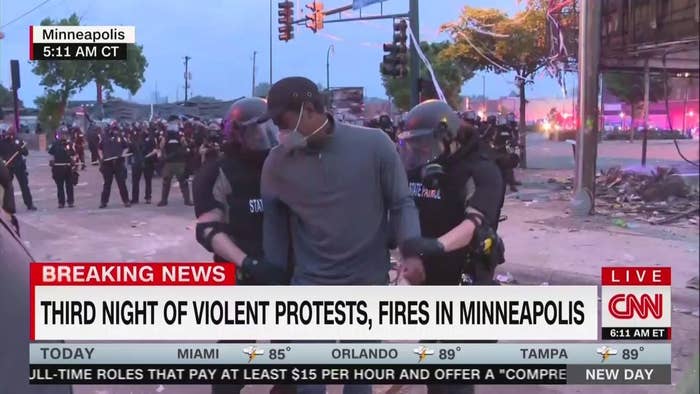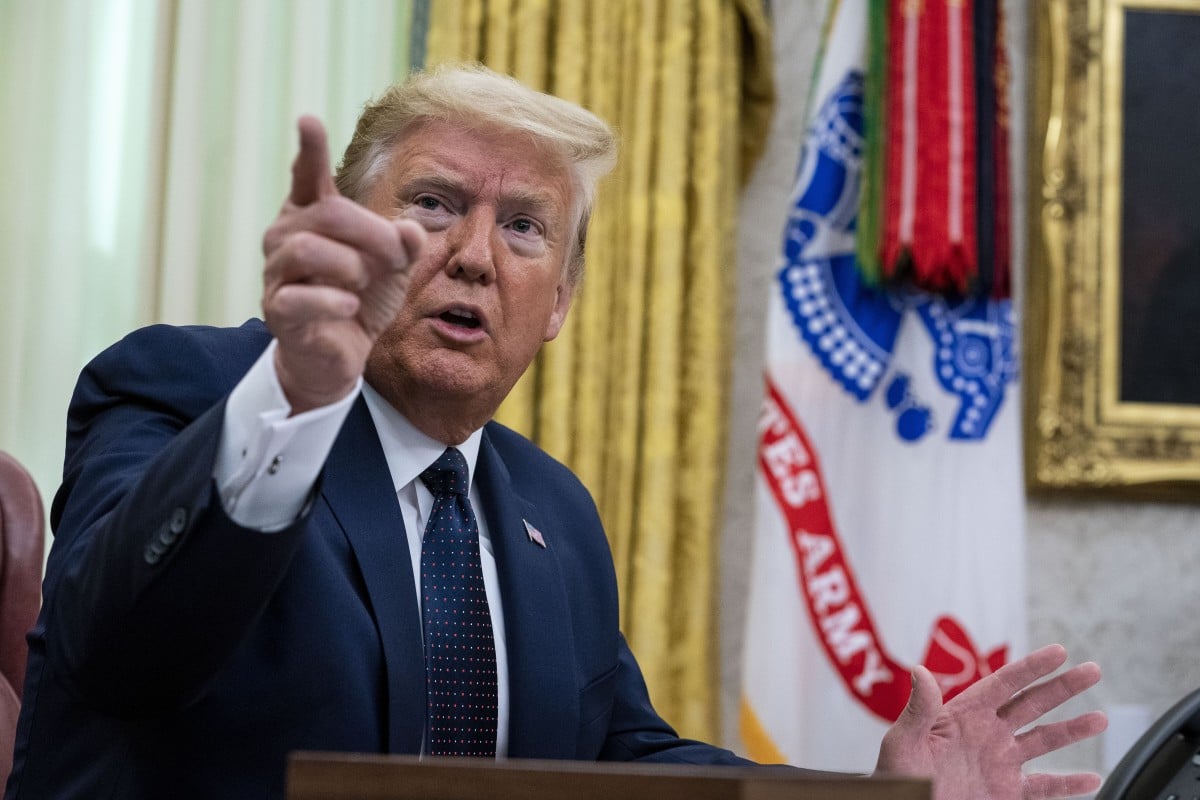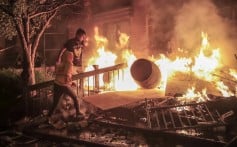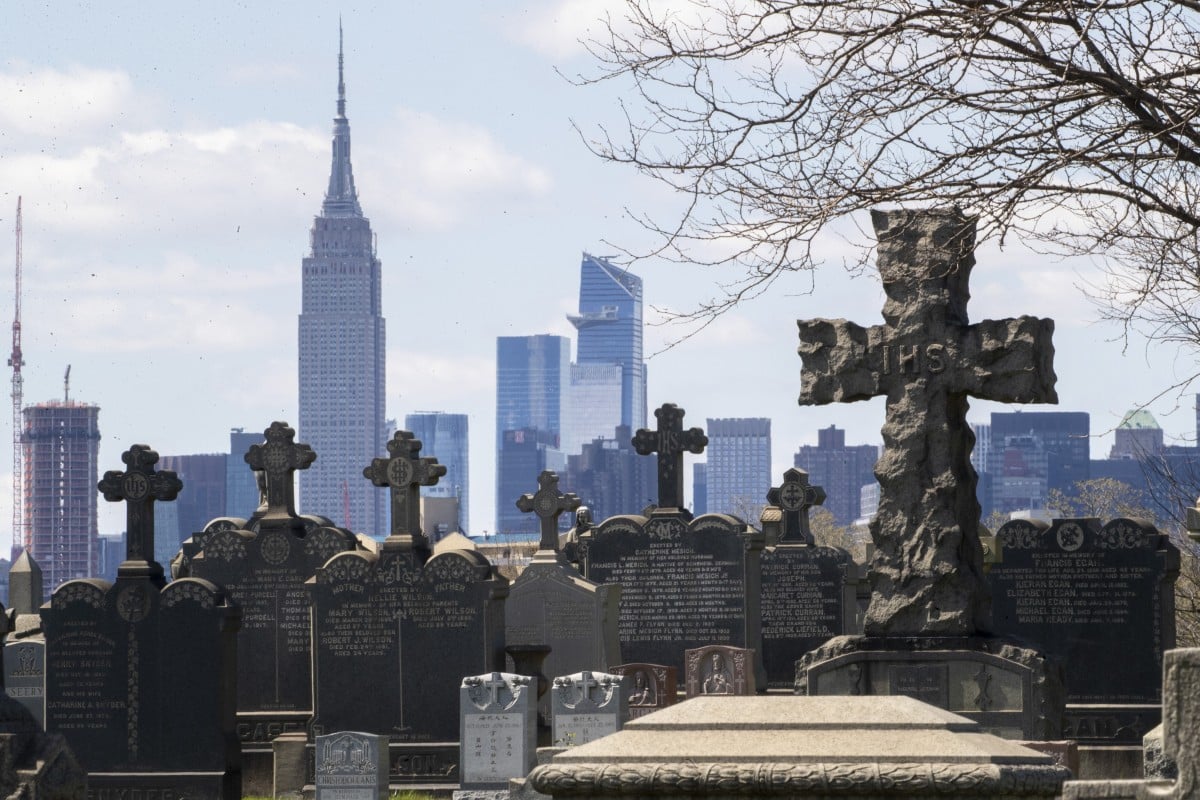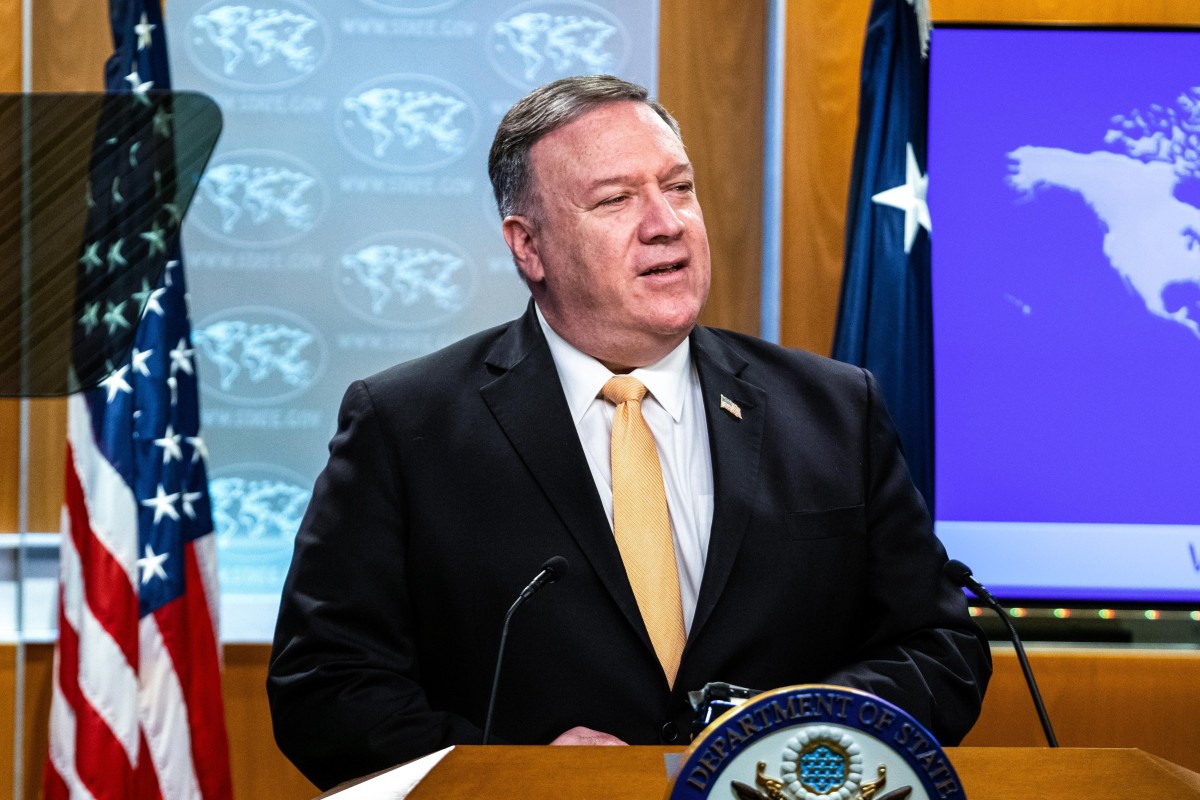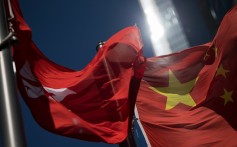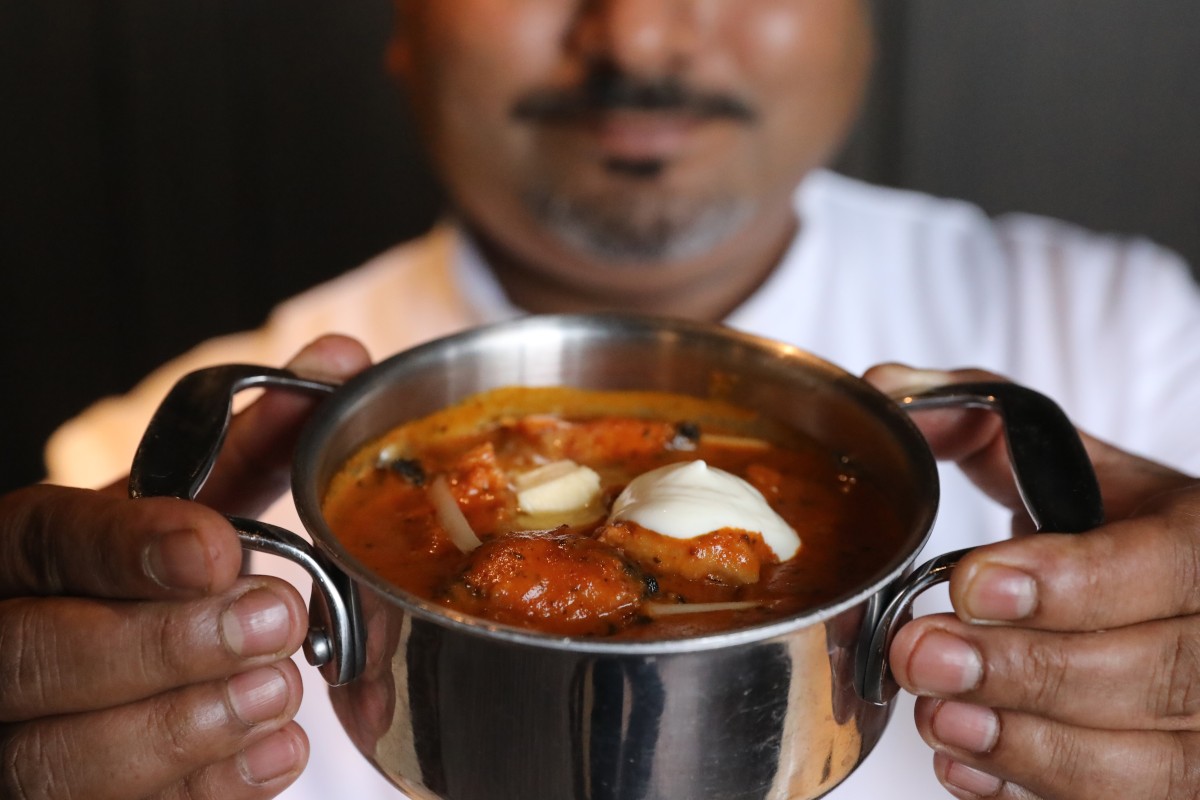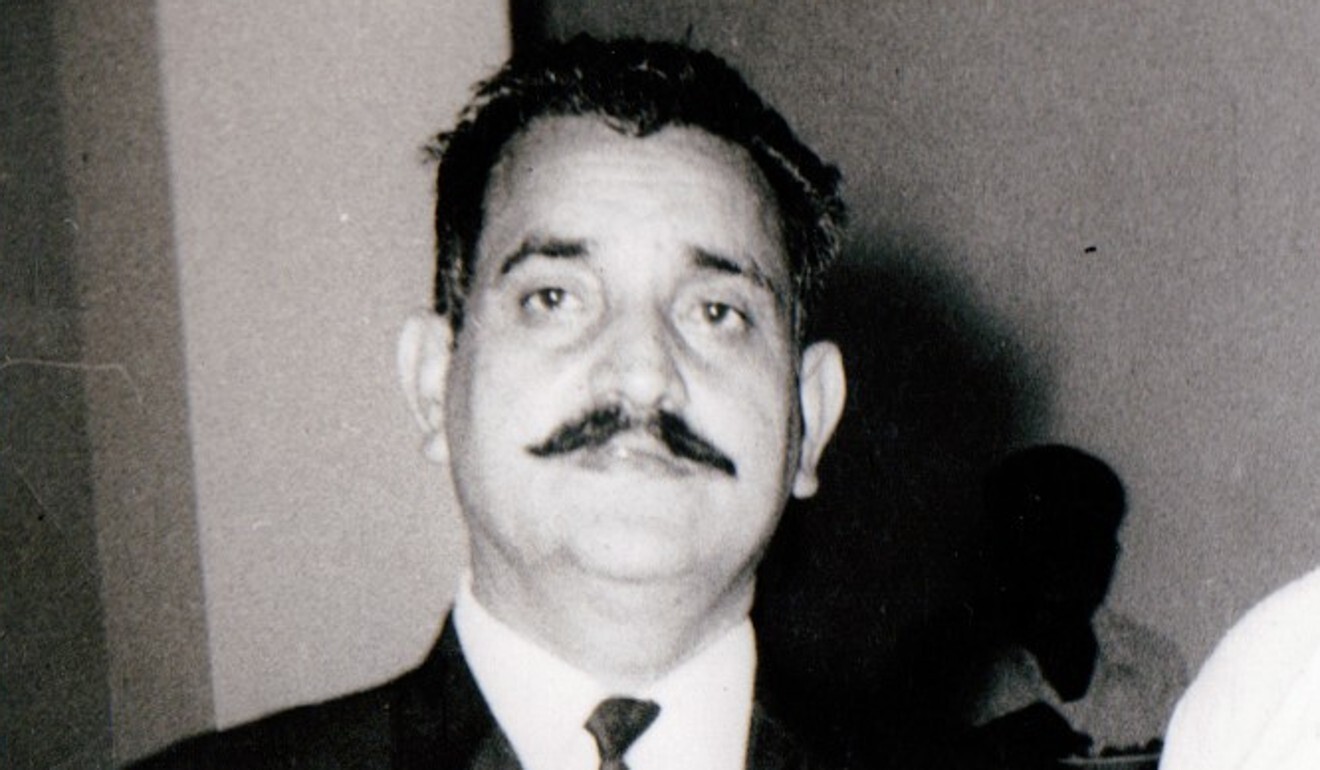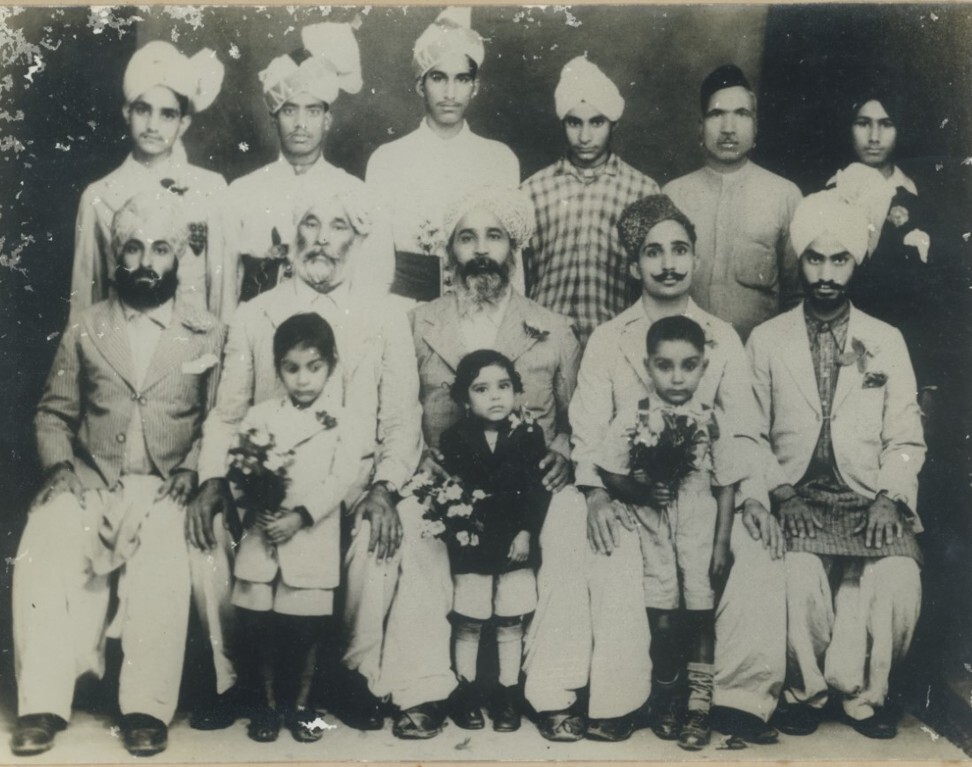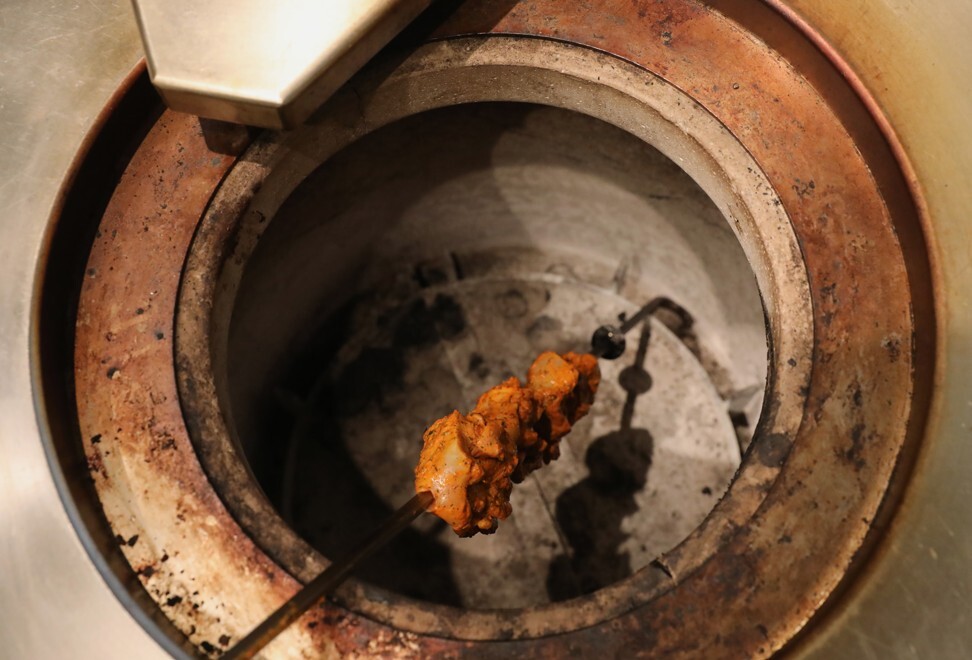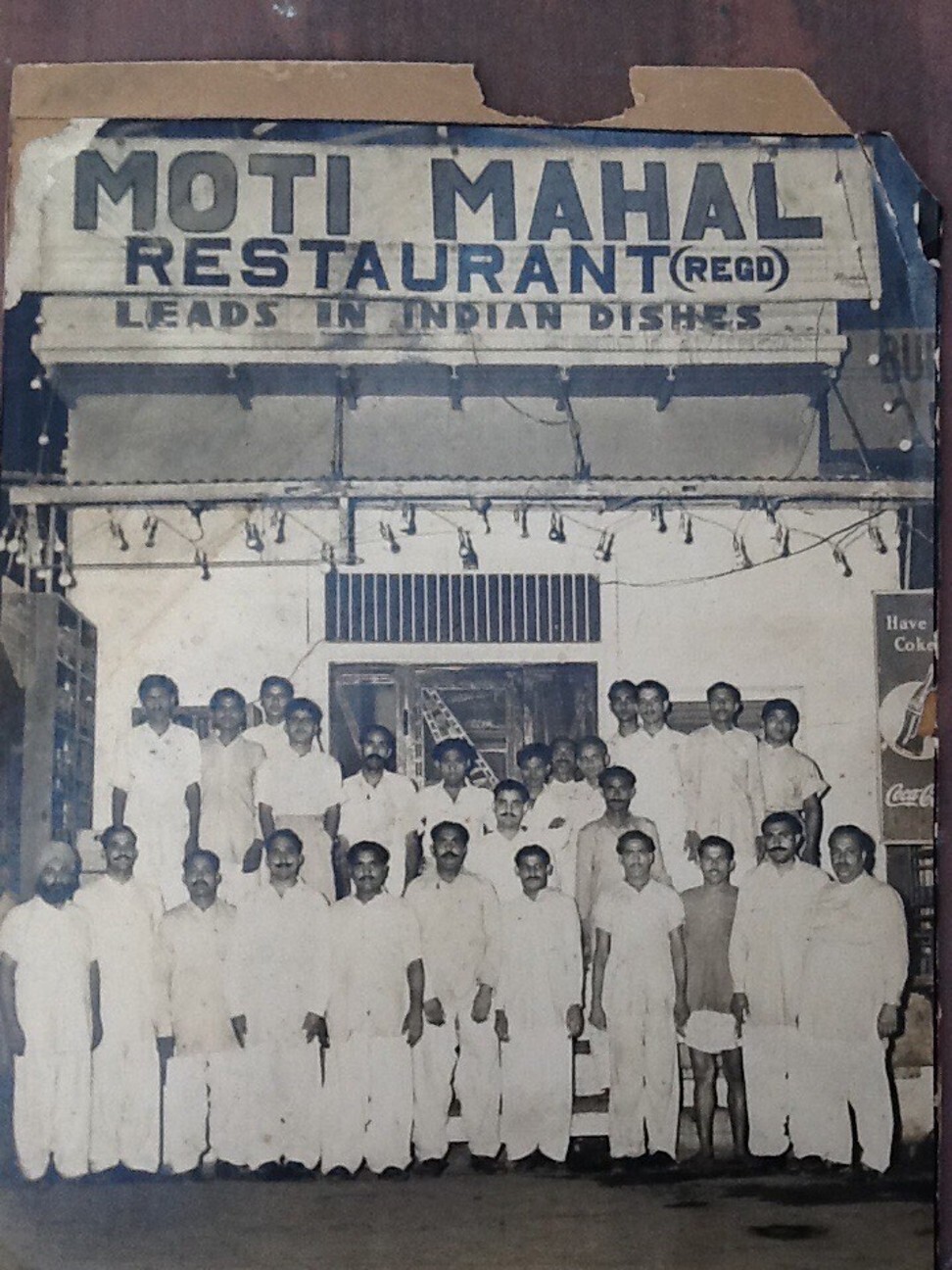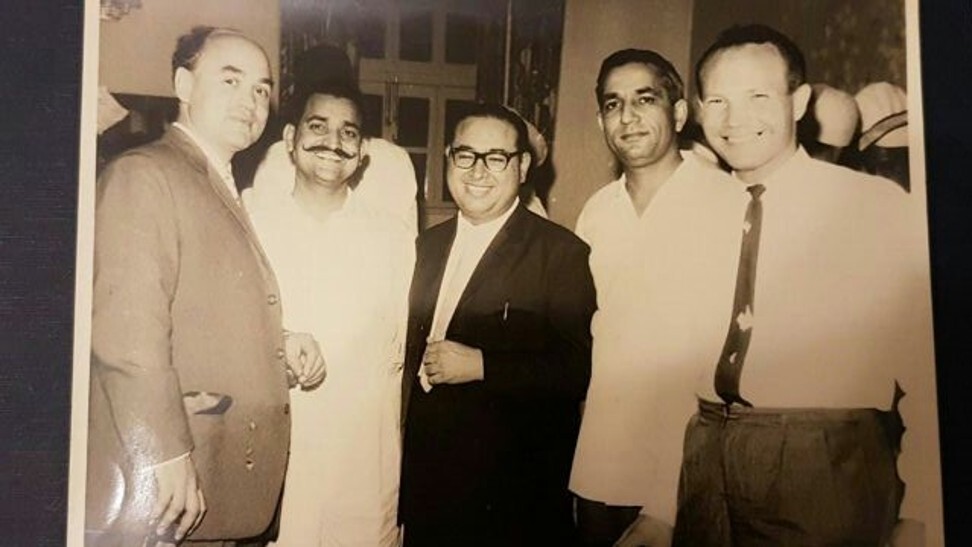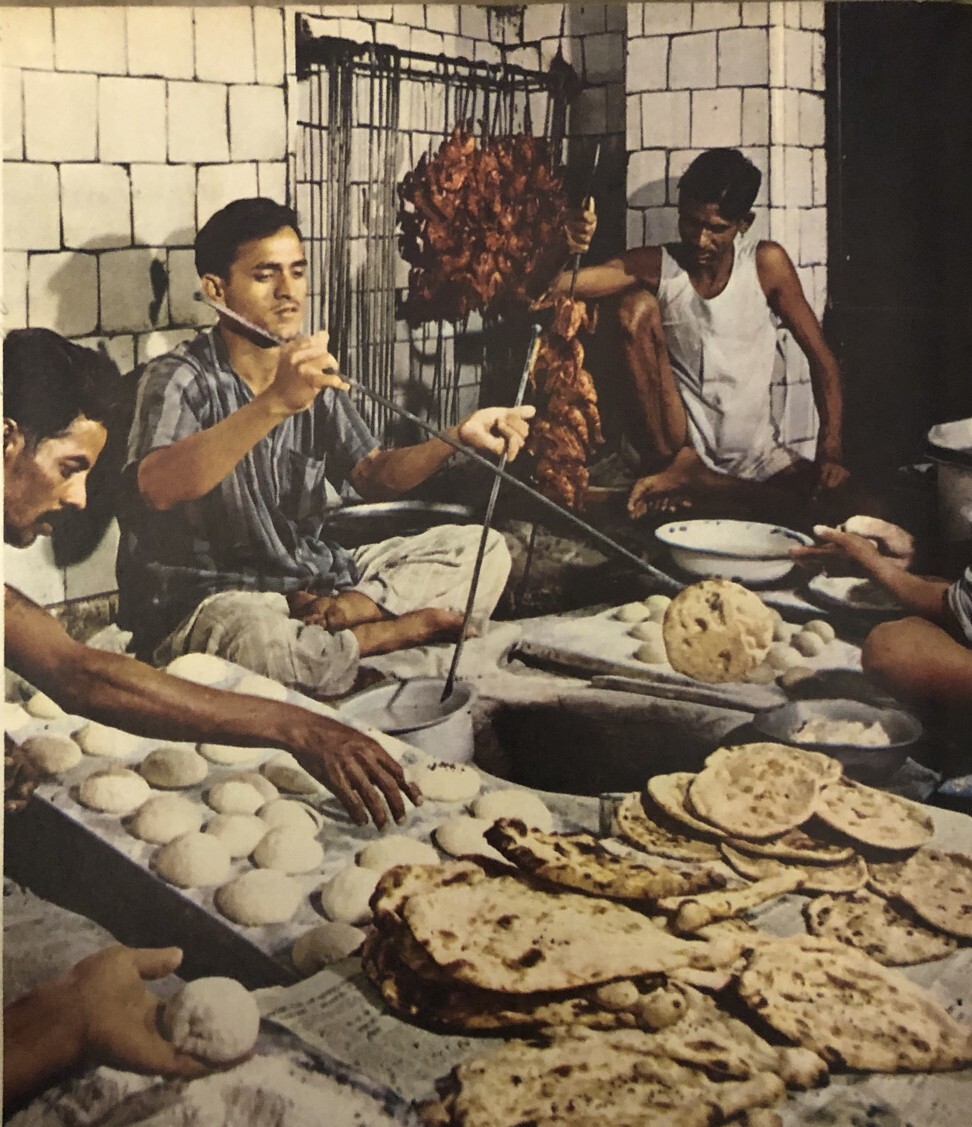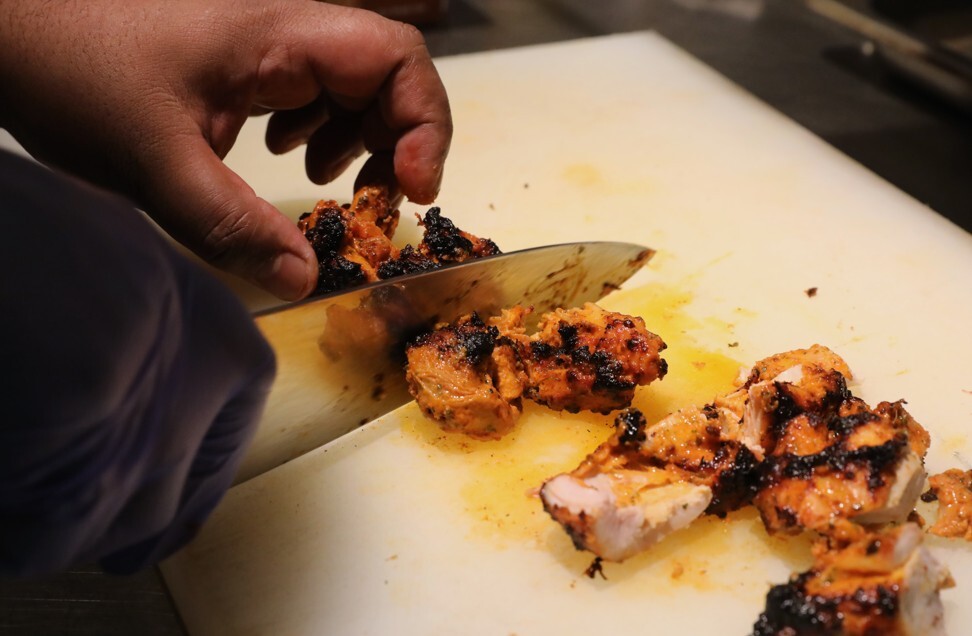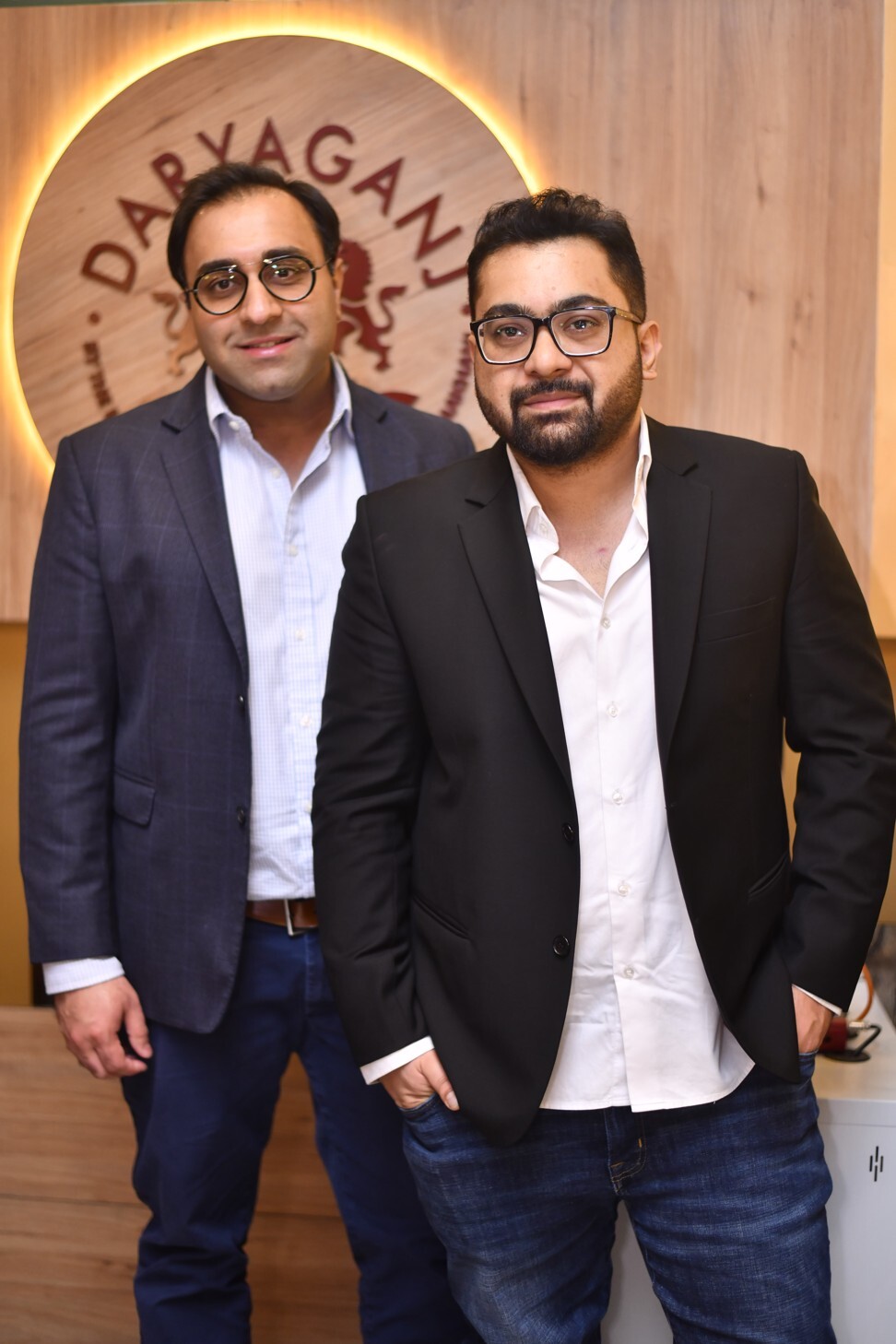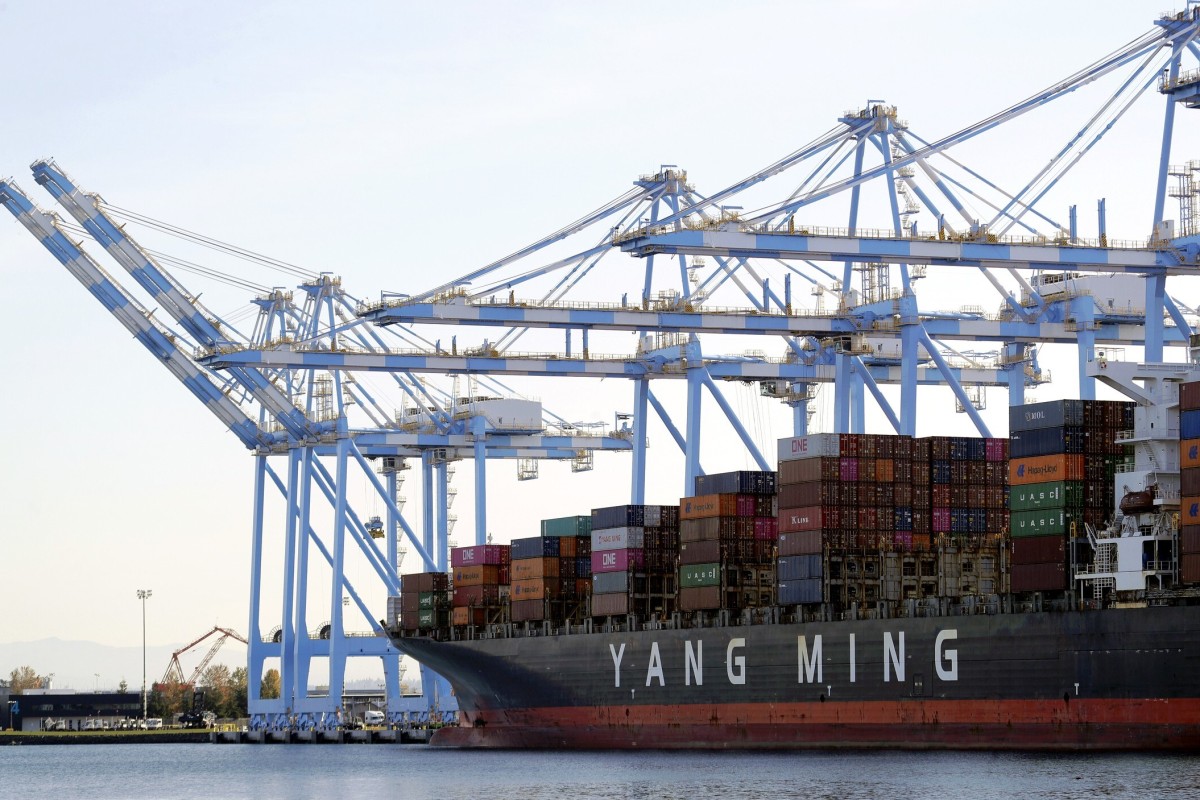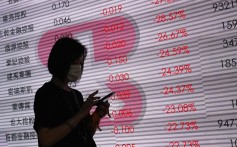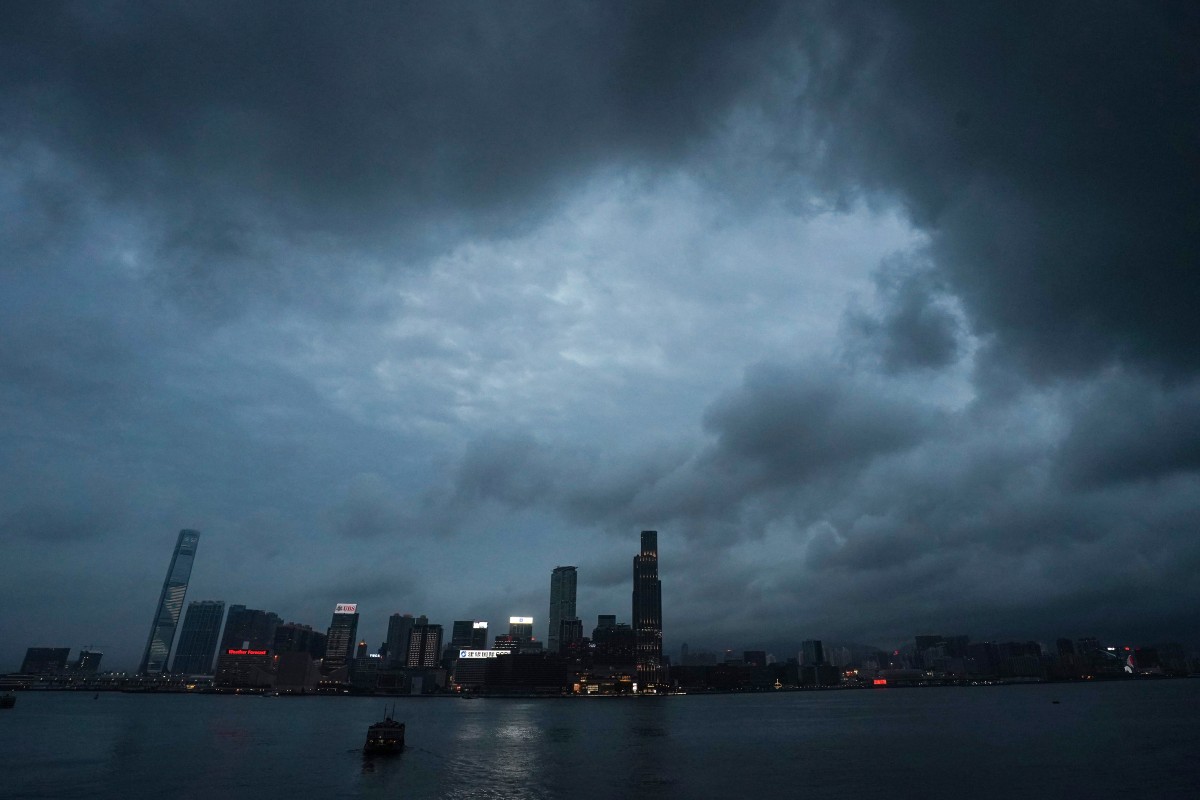Heated Protests Against Police Killing Unarmed Black People Spread Across The Country Last Night
Protesters enraged over two unarmed black people killed by police led to a Minneapolis precinct being stormed and the activation of the national guard.

Anadolu Agency / Getty Images
Protestors set a shop on fire during the third day of protests over the death of George Floyd in Minneapolis.
There were heated protests around the US on Thursday night in response to acts of police brutality that killed an unarmed black man in Minneapolis and an unarmed black woman in Kentucky.
Hundreds swarmed the streets of Minneapolis for a third day of protests against the death of George Floyd, a black man who died after a police officer used a knee chokehold on his neck as he repeatedly pleaded, "I can't breathe." Experts told BuzzFeed News the tactic was unacceptable and unjustified, and should be banned.
Protesters clashed with police in the southern Minneapolis area, breaching the Third Precinct headquarters and setting the building on fire. Police had vacated the building by 10 p.m. on an order from Minneapolis Mayor Jacob Frey.
The City of Minneapolis Twitter account urged people to move away from the area, citing "unconfirmed reports" of cut gas lines and explosives in the building.
Fireworks were set off in the background as the precinct burned.
Fireworks shooting into the sky as the MPD Third Precinct burns. @kare11
Police also arrested CNN correspondent Omar Jimenez, who is black and Latino, and his crew while they covered the protest in Minneapolis. The network said in a statement that the arrests "a clear violation of [the crew's] First Amendment right."
CNN staff have said their white reporter Josh Campbell was the only one not arrested. Campbell said after identifying himself to police, they told him he was permitted to be in the area.
Jimenez and his crew have since been released from custody.
Minnesota police arrest CNN reporter and camera crew as they report from protests in Minneapolis https://t.co/oZdqBti776
President Donald Trump tweeted about the Minneapolis protests in the early hours of Friday, calling Frey to "bring the City under control, or I will send in the National Guard & get the job done right."
He also called protesters "thugs" and threatened to shoot looters in a subsequent tweet that sparked widespread condemnation. Twitter later labeled the tweet for violating the platform's rules about glorifying violence.

Stephen Maturen / Getty Images
Protesters march down a highway off-ramp on May 28, 2020 on their way to Minneapolis, Minnesota.
In nearby St. Paul, police fired tear gas at protesters during similarly tense demonstrations, and businesses were looted and police cars damaged.
In a statement urging calm, Mayor Melvin Carter said, “For all of us who lament the death of Mr. Floyd, for all of us whose fathers, whose sons, whose nephews, whose selves that could have been, our demand has to be that we take this energy and channel it towards helping prevent something like that from ever happening again."
The Minnesota National Guard was deployed to both Minneapolis and St. Paul Thursday.
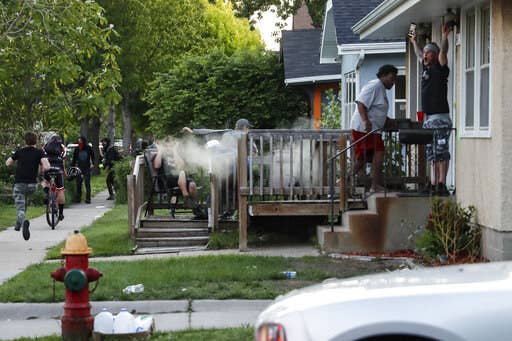
John Minchillo / AP
Residents react after tear gas is fired by police onto their porch as they sat to watch protestors demonstrate in St. Paul, Minn.
Hundreds of miles away, in Louisville, Kentucky, demonstrators gathered to protest the death of Breonna Taylor, a 26-year-old black woman who was fatally shot in her home by police officers on March 13. Her death is being investigated by the FBI.
Louisville police say that seven people were shot during the demonstration, including at least one person who was described as being in critical condition. The shooting did not involve police, but occurred within the protests.
“We know that there were several hours of peaceful protest before some of the crowd turned violent,” said Louisville mayor Greg Fischer. He clarified that two of the individuals who had been shot had required surgery but the remaining five were in “good condition.”
Scenes from the demonstration captured the moment protestors attempted to overturn a police transport vehicle before the sound of gunshots dispersed the crowd causing a frenzy.
At the height of the protest, Fischer shared a message online said to have been from a member of Taylor’s family, calling for protesters to refrain from violence.
The unidentified woman thanked protestors for their support: “Louisville, thank you so much for saying Breonna’s name tonight. We are not going to stop until we get justice, but we should stop tonight before people get hurt. Please go home, be safe and be ready to keep fighting.”
A message from Breonna Taylor’s family urging protestors to be peaceful, go home and keep fighting for truth.
Louisville Metro PD Special Adviser Jessica Halliday said at a virtual press conference that the chaos on Thursday night shows the "obvious frustration of the tension between police and residents."
Halliday said police have been using "great restraint" in their response to protesters, but that property was being damaged and officers were having bottles thrown at them.
"We are asking people to please help us stop this and bring a peaceful resolution for the rest of the night," she said."
Protests against Floyd and Taylor's death spilled out of Minneapolis and Louisville into major cities across the country.
In Denver, protesters rallied outside the Colorado State Capital Building demanding justice for victims of police brutality. The sound of gunfire rang out at one point, though Denver police said there were no reports of injuries at the time.
Video of a woman driving through a crowd of protesters in downtown Denver, then swerving right and narrowly swiping a man with her car also went viral.
Anabel Escobar, the protester who filmed the incident, told BuzzFeed News the woman driving the car was trying to get out of a line of cars on a closed street.
"When she started moving, protesters moved towards her car to not let her pass. She continued to accelerate into the group of people," Escobar said. When the man on the car jumped off and walked back to the crowd, "Instead of driving forward to get out, she made a hard right to come back towards the protestors and hit the guy."
Downtown denver. Some girl turned around to run this guy over #GeorgeFloyd #icantbreathe #downtowndenver #denver
In New York City, at least 70 people were arrested after police and protesters clashed.






